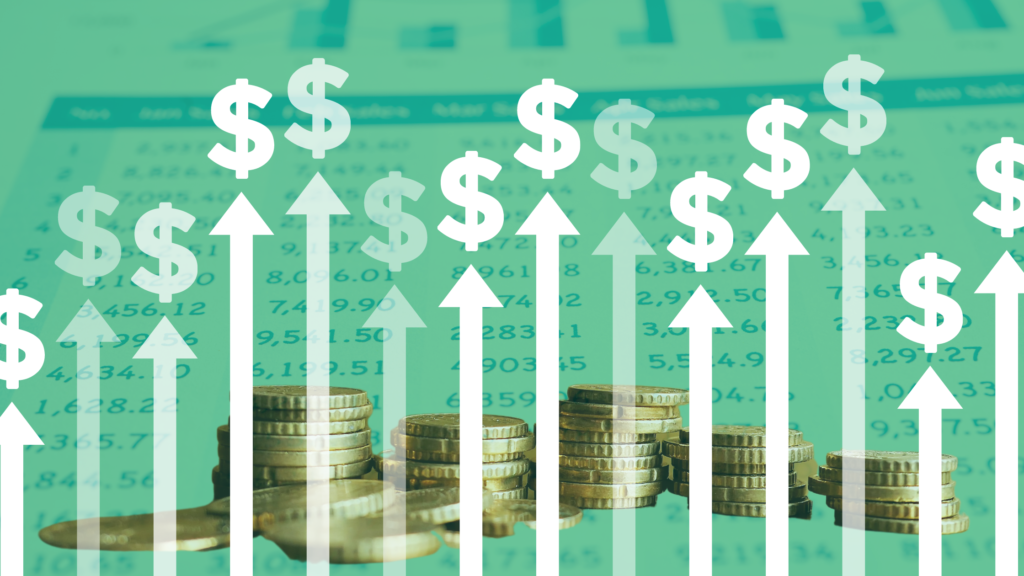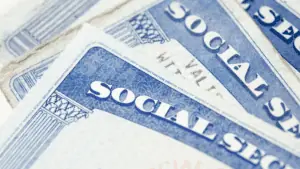In my line of work, I sometimes get asked questions that I don’t have a nice pat answer. For example, what will the markets do next week? What will tax rates be when I retire? Do I have enough money to retire? But just recently, I’ve had a few folks ask me about inflation, given how high it is right now and how much airtime the media is giving it. Inflation – at least as we’re currently experiencing – is an issue that doesn’t seem to have one clear, specific root cause, despite what you may hear from media pundits.
To help us understand what’s going on with inflation today, consider the most recent report on U.S. gross domestic product (GDP) for the first quarter of 2022. In general, the Feds usually try to head off inflation by increasing the cost of borrowing to slow down demand in an overheated economy. In fact, we can already see that the mere thought of higher interest rates is slowing down home sales and could also push down demand for cars and other large consumer purchases.
If we look at the GDP report, we see that GDP fell at a rate of 1.4%₁. But what didn’t garner much attention was line 34 of the report, which showed that real disposable incomes fell for a fourth straight quarter. That sounds sort of ominous, right? Does it mean our economy has shrunk? Are we headed to a recession?
After all, while this is not an ideal trend we want to see, income is one of the least-appreciated factors in driving economic growth. You see, while the financial markets are quite sensitive to interest rates, consumer spending (aside from mortgages) really isn’t. The Feds might keep jacking up interest rates to reduce inflation only to find that they were chasing the wrong root cause of it, potentially causing a bear market instead. What if our inflation problem isn’t due to too much demand but to other forces? If this is the case, the Fed might be making a big mistake by slowing demand.
Let’s look at income in more detail. Over the last four quarters, the purchasing power of after-tax household incomes plunged by $2.2 trillion (in 2021 dollars). That’s a 10.9% decline, by far the largest in the records dating back to 1947₂. But what we need to remember is that the decline is largely due in part to the unwinding of the massive support that many households received from the government in 2020 and 2021 via direct pandemic stimulus payments, the child tax credit, and enhanced benefits for unemployment insurance, food stamps and Medicaid, and more.
And if our current spike in inflation is due to overly generous pandemic-related government spending, then logic would dictate that our inflation problem is about to go away. The pandemic-related aid has pretty much ended. This should mean that demand – and inflation – will start to slow, according to the economic laws of supply and demand. If consumer demand, fueled by checks from Washington, has overheated the economy then our inflation problem should already be taken care of, without further intervention from the Feds.
But what if our inflation problem isn’t due to too much demand but something else entirely? What if our standard rationale for inflation isn’t as simple as we thought and there’s more to the story? Then it would appear that the Feds are chasing the wrong solution with interest rate increases.
There may be other logical explanations. For example, we have supply chain issues and shortages. The pandemic and the war in Ukraine have combined at the perfect time to disrupt key areas, with the biggest price increases in fuel, food and durable goods, particularly electronics. Bottlenecks have piled up all across Asia, putting great strains on supply chains to deliver in a timely fashion. And severe global shortages of truck drivers and other workers are making it difficult to expand capacity or fix other problems plaguing the supply chains. This creates a shortage of products getting through, causing price increases.
Some economic experts believe – as do I – that the Feds may be making a mistake by applying the wrong fix. What we don’t want to happen is to experience what’s called stagflation—low growth with high inflation. It may be more effective to instead focus on fixing supply-side issues.
But what can you do, given that you can’t control interest rates or inflation? How can you minimize the impact inflation has on your investments? For starters, make sure you actually have a plan in place. One that is well diversified, and anticipates such events and has built in protection, including a downside risk mitigation system that uses quantatitive data to its advantage. You and your advisor might also consider some strategic moves right now, such as allocating less money to any long-term bonds or certificates of deposits. Doing so could lead you to miss out on higher rates later.
While there may not be clear agreement on the real cause of today’s inflation – or the right way to remedy it – there are a number of actions you can take to help preserve your investments and savings from its effects.
So as always – be vigilant and stay alert, because you deserve more!
Have a great week.
Jeff Cutter, CPA/PFS offers investment advisory services through Cutter Financial Group, LLC, an SEC Registered Investment Advisor with offices in Falmouth, Duxbury, and Mansfield. Jeff can be reached at jeff@cutterfinancialgroup.com. Insurance products, including annuities, are offered through Cutterinsure, Inc., (MA insurance license #2080572).
Cutter Financial Group and Cutterinsure are affiliated and under common control but offer services separately. Members of Cutter Financial Group’s management receive revenue directly from Cutterinsure. Any compensation received is separate from and does not offset regular advisory fees. Cutter Financial Group does not charge advisory fees on any insurance products. We do not offer tax or legal advice. Always consult with qualified tax/legal professionals regarding your own situation. Investing in securities involves risk, including possible loss of principal. Insurance product guarantees are backed by the financial strength and claims-paying ability of the issuing company. This article is intended to provide general information. It is not intended to offer or deliver investment advice in any way. Market data and other cited or linked-to content in this article is based on generally available information and is believed to be reliable. Please contact us to request a free copy of Cutter Financials’ Form CRS, Form ADV 2A and applicable Form ADV 2Bs. 1. https://tinyurl.com/bdevaja6 2. Ibid







